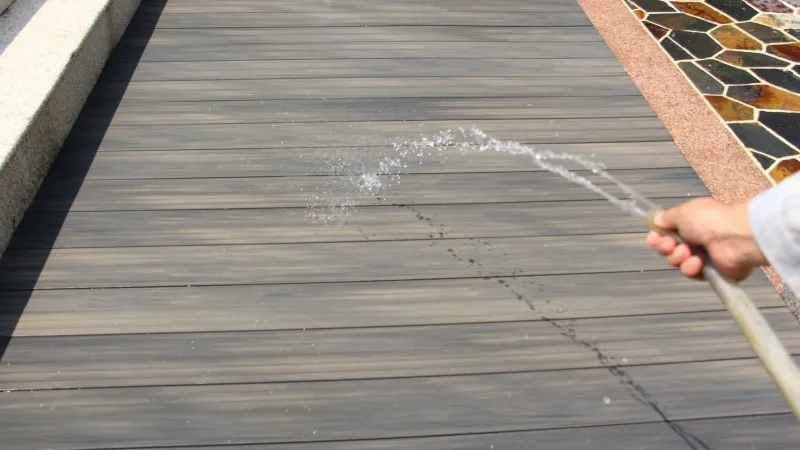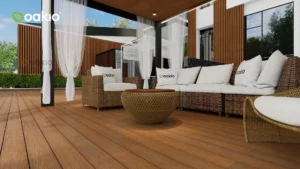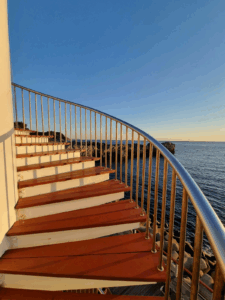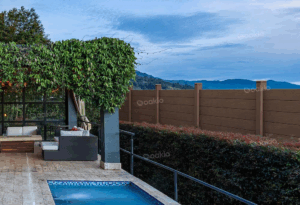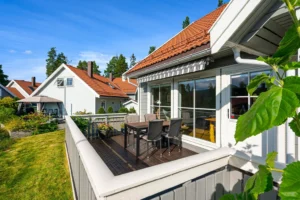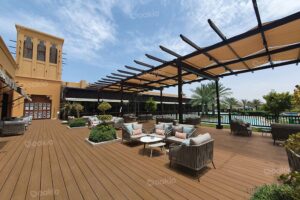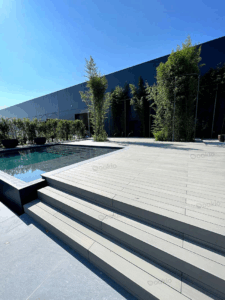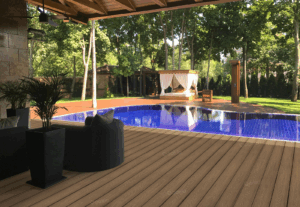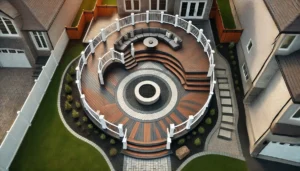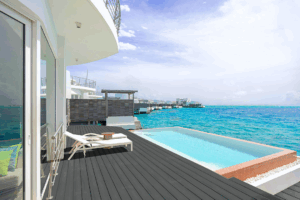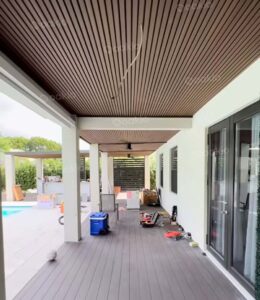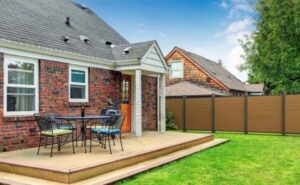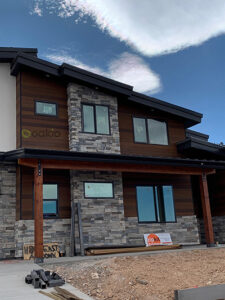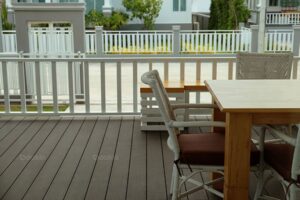How Wood-Plastic Composite is Shaping the Future of DIY Children’s Loft Bed Designs
DIY children’s loft beds are becoming a well-known choice for parents looking to maximize the space of their kid’s room while adding fun and creative features for them to enjoy. These versatile beds don’t just expand the room’s play and storage area, they also provide a good aesthetic feature for the room!
Since more parents these days want to focus on durability, sustainability, and safety in their bedding choices, the demand for high-quality, safe, and eco-friendly materials continues to rise, and a material in front of that demand is wood-plastic composite (WPC).
A game and industry-changing material that combines the best of both wood and plastic,
WPC offers durable, low-maintenance, and moisture-resistant kids’ furniture material solutions. In this guide, we’ll explore how WPC is shaping the way we create DIY loft bed designs and why it’s becoming the first choice among parents and DIY enthusiasts alike.
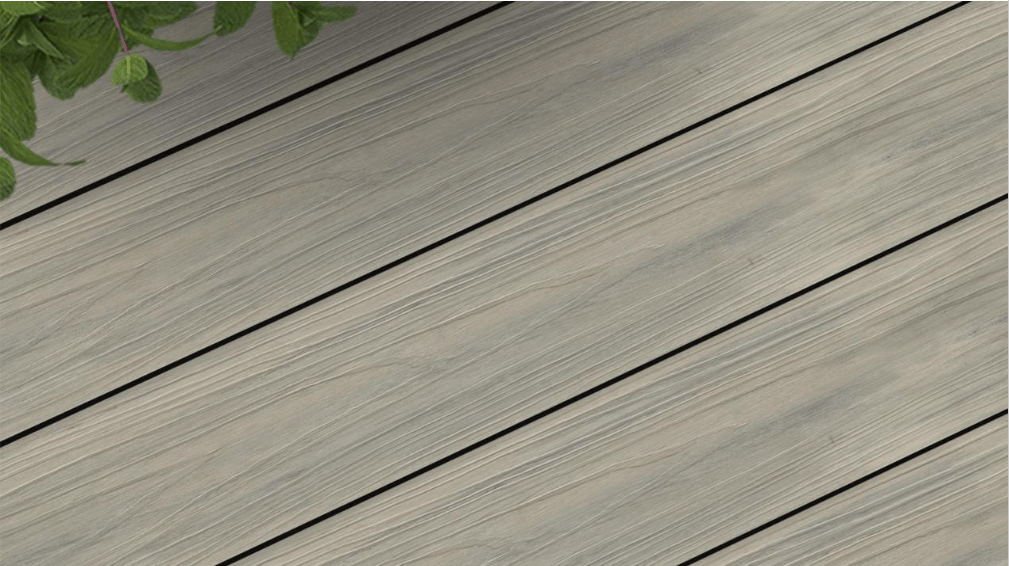
The Rise of DIY Children’s Loft Beds
DIY children’s loft beds are starting to rise in popularity for parents and homeowners, thanks to the many features and benefits they offer. One of the main benefits that drives this popularity rise is space expansion and optimization, especially for smaller rooms.
Loft beds elevate the sleeping area from the ground, creating room for storage, activities, and even a play area on the ground—making them perfect to optimize and expand living space for every square foot.
In addition to that, loft beds allow for a wide range of customization options. Whether it’s extra storage, a themed design, an integrated desk, or a dedicated wardrobe. DIY loft beds are also cheaper compared to traditional factory-made furniture, which can be quite expensive. Buying a factory-made piece of furniture also means that you would likely need to adjust to the furniture, rather than the furniture being perfectly designed to meet your needs.
Completing a DIY project also provides a feeling of reward and satisfaction, knowing that you created something your child will find useful, special, and personal. As for your kid, the loft bed would most likely become a piece of furniture that holds sentimental and emotional value for years to come.
Loft Bed Designs
The possibilities are endless—there are many possible innovative WPC bed designs. For example, a hanging loft bed saves space and adds a unique feature to the room. Loft beds with desks or play areas provide a solution where productivity, practicality, and creativity can coexist.
As for added practicality, loft beds with dedicated storage solutions can help keep the room clutter-free, while bookshelf ladders can double as functional steps and shelving.
Understanding Wood-Plastic Composite (WPC)
Wood-plastic composite (WPC) is a revolutionary material designed from a mix of recycled wood fibers and plastic. This composite material offers the texture, feel, and natural look of wood, all while featuring the strength and weather resistance of plastic.
The manufacturing process of WPC typically involves mixing wood fibers and plastic polymers and then compacting them together to form a solid material. This process produces a durable product without utilizing virgin materials like new wood fibers and plastics, and using recycled ones instead to reduce environmental impact.
WPC’s features make it a great choice for furniture, especially when making children’s beds. Its durability ensures that the material can withstand a high-traffic area like a kid’s room. The moisture resistance of WPC is also excellent—making it suitable for regions with high humidity.
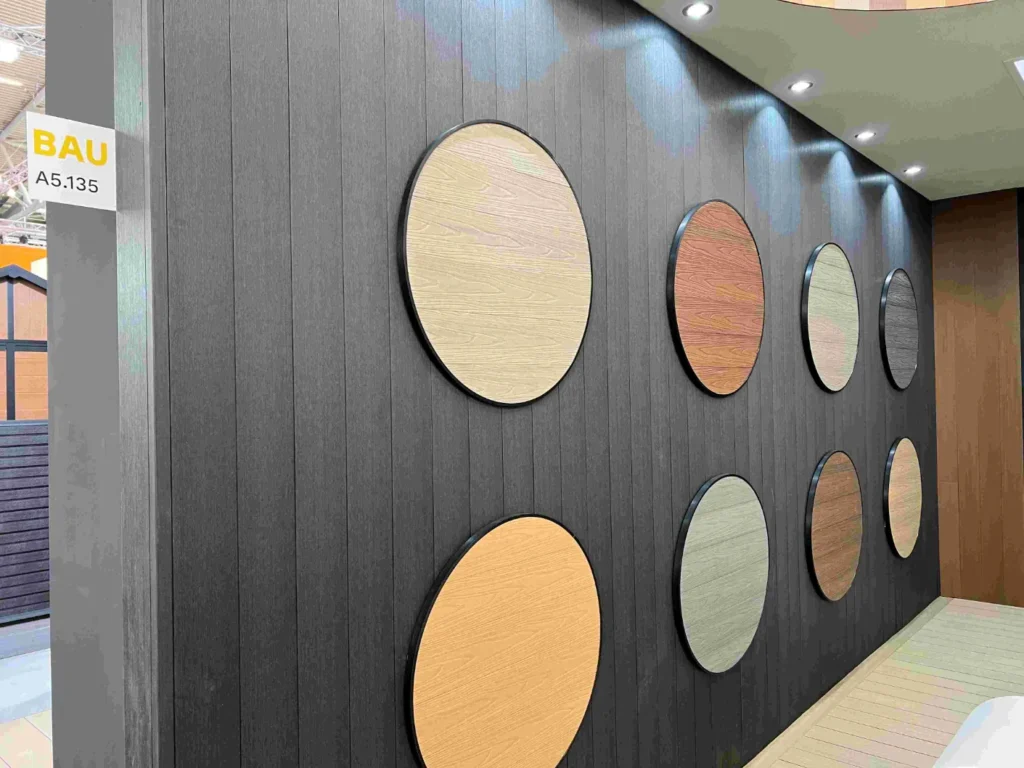
WPC also requires very little maintenance, which can be an attractive solution for busy parents and homeowners. Additionally, WPC is notoriously easy to work with as it resembles wood in terms of ease of shaping, cutting, or drilling.
Solidifying it as a safe, kid-friendly material, WPC is also splinter-free and doesn’t develop sharp edges in the long run.
Why Choose WPC for Children’s Loft Beds?
Safety Considerations
Children’s safety is a paramount priority when choosing furniture, especially since loft beds are used virtually every single day. With that said, WPC stands out as a safer alternative compared to traditional wood for a variety of reasons.
It’s non-toxic and free from harmful chemicals, making it a healthier material option for kids. The material also has a splinter-free surface, and a mold and mildew-resistant layer to help ensure the bed remains clean and safe, even in humid environments.
Durability and Longevity
Children are naturally rough on furniture as they’re playful, but with the durability of WPC—that won’t be a problem. It’s also resistant to moisture, rotting, and insect damage, ensuring the bed will stand the test of time.
Regular maintenance runs and repairs are few too as its durability and longevity directly translate to cost savings compared to materials like wood which requires regular maintenance and repairs.
Design Flexibility and Customization
Whether building a DIY loft bed with stairs, one with storage or wardrobe, or even one with a computer desk, WPC is easy to shape, cut, and modify to meet different design needs and specifications.
The material also boasts a range of colors and textures that resemble actual wood, giving you the freedom to customize the aesthetics of the bed to match your kid’s personality and room decorations.
Environmental Benefits
Made from recycled wood fibers and plastics, WPC indirectly reduces both the use and production of virgin plastic and the need for deforestation. In fact, WPC is more eco-friendly than traditional wood which necessitates deforestation.
In addition, WPC doesn’t emit high VOC amounts. This translates to better indoor air quality, ensuring your child’s room is safe and clean.
Addressing Concerns and Misconceptions about WPC
One concern is that WPC lacks the appeal of wood; however, modern WPCs today already have the texture and color of wood.
Another concern is structural integrity. While WPC isn’t as dense as hardwood, it’s engineered for strength and stability—-resisting warping, cracking, and even rotting.
Costs are also a concern—the initial investment to WPC may be higher compared to other options, but its low maintenance and long lifespan make it a cost-effective loft bed material over time!
The Future of Children’s Furniture: WPC as a Game Changer
As the demand for sustainable furniture grows, WPC is a game changer in the children’s furniture industry. With parents, homeowners, and DIY enthusiasts seeking a durable, safe, and low-maintenance material, WPC is perfectly meeting these criteria.
With continuous innovation and advancements in WPC engineering, we can expect even more features, designs, enhanced aesthetics, and a more eco-friendly product. As eco-friendly living trends, WPC will likely dominate the market and prove to be a superior material choice for kid’s furniture.
Conclusion
In summary, WPC is an excellent DIY children’s loft bed material. By combining sustainability, durability, safety, and customizability, it stands above traditional wood, making it ideal when creating a safe loft bed.
For parents and DIY enthusiasts looking for a future-proof and eco-friendly material, look no further. WPC—especially from Oakio, is the WPC you’re looking for. Choose Oakio’s WPC today and make your DIY project safer, stronger, and more sustainable for your kid today!
Trending Reading
What Are the Differences Between the WPC Board and PVC Board?
[2025 Update] How Long Does WPC Decking Last?
